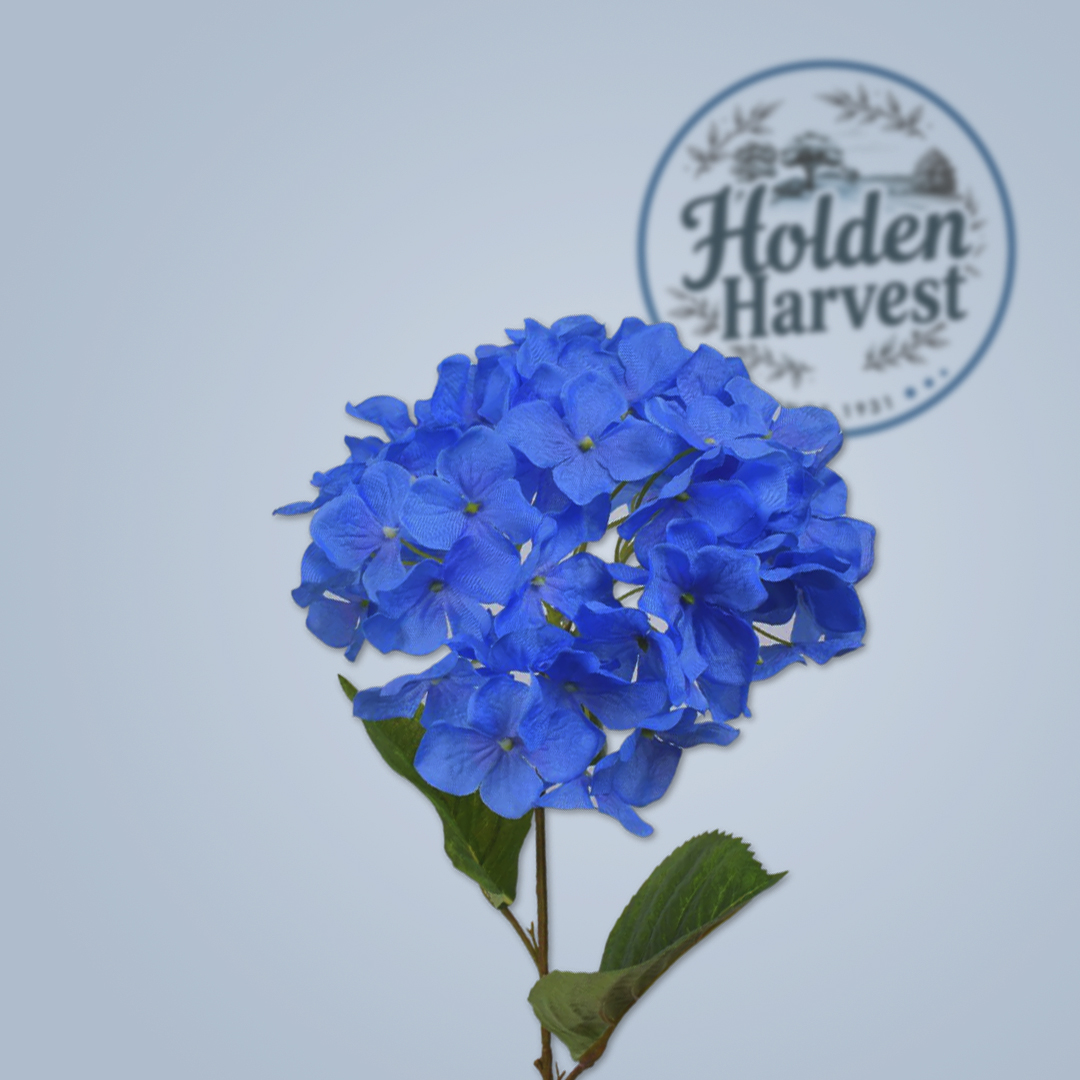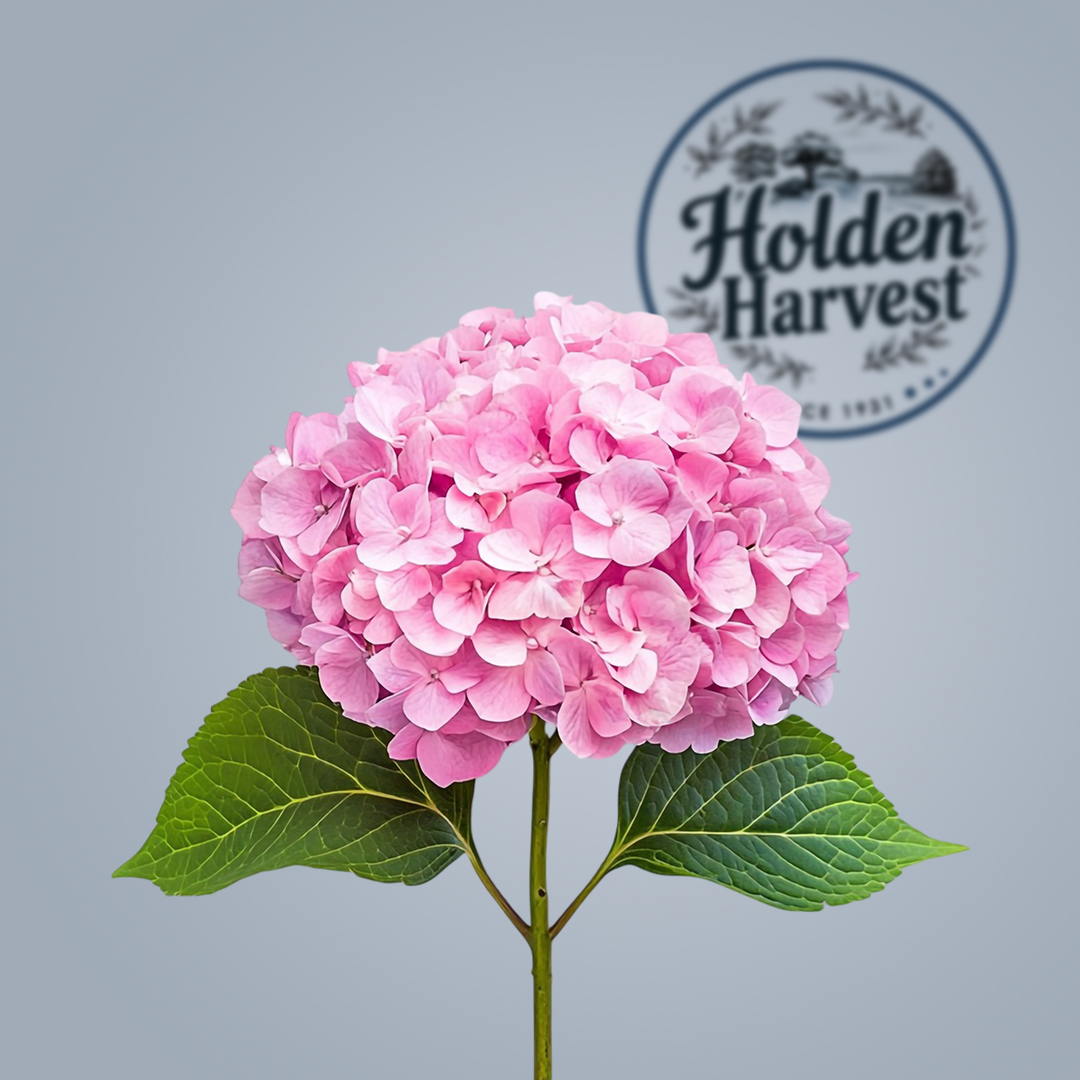Hydrangea, symbolizing gratitude and heartfelt emotions, blooms in clusters of blue, pink, purple, and white. Its lush, voluminous flowers make it a favorite for gardens, weddings, and elegant floral arrangements.
Colors:
• Blue hydrangea
• Pink hydrangea
• White hydrangea
• Purple hydrangea
• Red hydrangea
Hydrangea flowers are among the most charming and elegant blooms, admired for their lush clusters and vibrant hues. Their ability to change color based on soil pH makes them unique in the floral world. But what makes Hydrangea so special? Let’s explore everything about this fascinating flower.
Hydrangea flowers originate from Asia and the Americas, with the majority of species found in Japan, China, and Korea. These flowers have been cultivated for centuries and have held cultural significance in different societies.
Hydrangea belongs to the Hydrangeaceae family, with the most popular species being Hydrangea macrophylla, Hydrangea paniculata, and Hydrangea arborescens.

Hydrangeas come in a variety of colors, including blue, pink, purple, white, and even green. Their color-changing ability depends on soil acidity.
Hydrangea blooms vary in size, ranging from small, delicate flowers to large, spherical clusters that create a breathtaking visual effect in gardens.
Hydrangeas prefer well-draining, fertile soil. The soil's pH level influences flower color—acidic soil produces blue flowers, while alkaline soil results in pink blooms.
Hydrangeas thrive in mild temperatures with partial sunlight. They do best in temperate climates with moderate rainfall.
Hydrangeas require regular watering, especially during dry spells. They prefer morning sunlight and afternoon shade to prevent wilting.
Aphids, spider mites, and fungal infections can affect Hydrangeas. Regular inspection and natural remedies can help maintain plant health.
Using a balanced fertilizer every few weeks enhances growth and bloom production.
Pruning Hydrangeas at the right time is essential for healthy regrowth. Different species require different pruning techniques.
In Japan, Hydrangeas symbolize gratitude and heartfelt emotions. In Europe, they represent abundance and prosperity.

Hydrangea is known for its voluminous and clustered flowers:
• Blue hydrangea: Blue colors usually develop in acidic soils.
• Pink hydrangea: pink flowers appear in alkaline soils.
• White hydrangea: white flowers with a very beautiful and delicate shape that are used in many formal ceremonies.
• Purple hydrangea: which is found especially in certain regions of the world.
• Red hydrangea: a special and less common color that is very attractive.

Hydrangeas add a touch of elegance to any home interior, whether in fresh bouquets or dried arrangements.
Their voluminous blooms make them a favorite for bridal bouquets, centerpieces, and floral arches.
Hydrangeas have been used in traditional medicine, and their presence helps improve indoor air quality.
Cut stems at an angle and immediately place them in water to retain moisture.
A clean vase with fresh water is essential for maintaining the flower’s longevity.
A mixture of sugar and vinegar can help keep cut Hydrangeas fresh for a longer period.
The largest Hydrangea garden is found in Japan, showcasing thousands of varieties in breathtaking landscapes.
Conclusion
Hydrangea flowers are a symbol of beauty, adaptability, and charm. Whether you grow them in your garden, use them for decor, or gift them to someone special, their elegance never fails to impress.
1. What are the best conditions for growing Hydrangea?
Hydrangeas thrive in partial sunlight, well-drained soil, and mild temperatures.
2. How often should Hydrangea be watered?
Water them deeply once or twice a week, depending on weather conditions.
3. Can Hydrangea be grown indoors?
Yes, as long as they receive adequate light and humidity.
4. Why do my Hydrangea leaves turn yellow?
Yellowing leaves may result from overwatering, nutrient deficiencies, or poor drainage.
5. How long do cut Hydrangea flowers last?
With proper care, cut Hydrangeas can last up to two weeks in a vase.